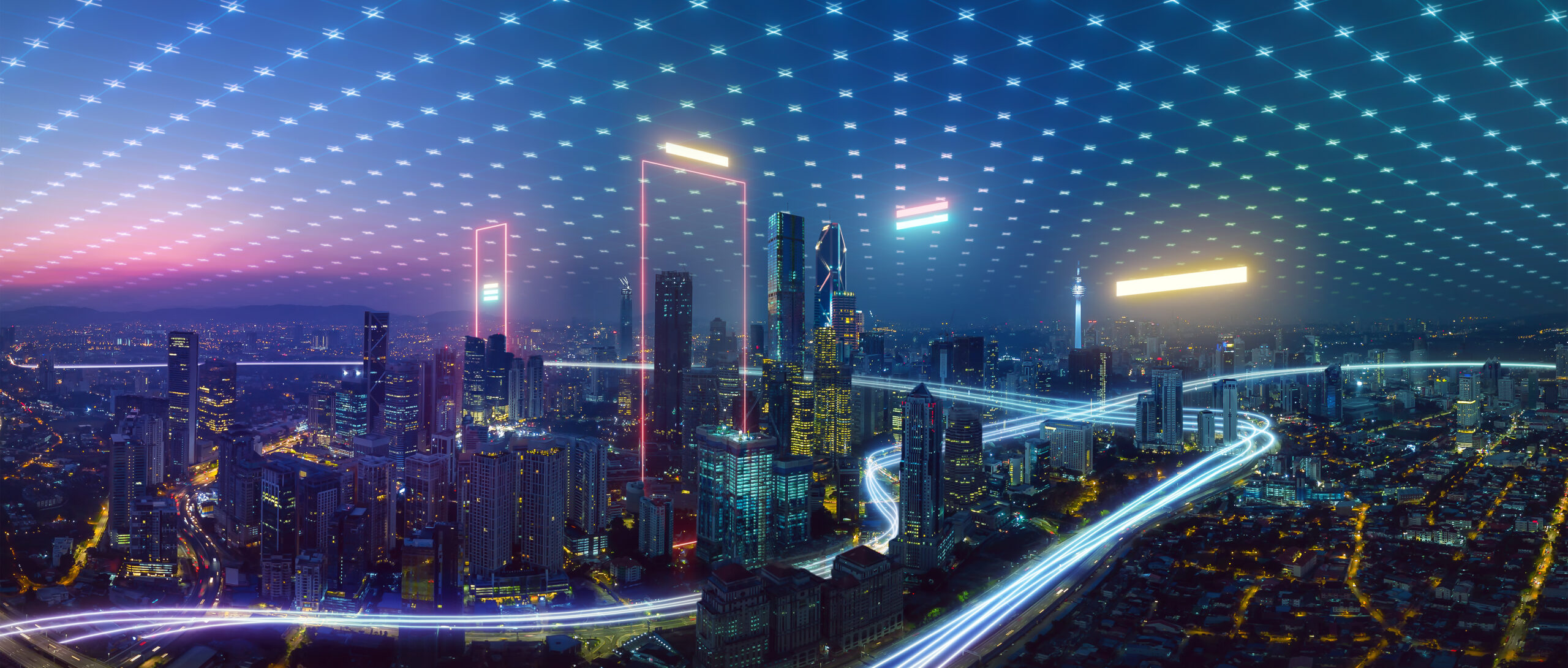The Internet of Things (IoT) and the Making of Smart Cities: A Comprehensive Guide
In today’s rapidly evolving technological landscape, the Internet of Things (IoT) stands out as a revolutionary force, driving unprecedented changes across various sectors. One of the most exciting applications of IoT technology is in the development of smart cities. These urban areas, enhanced with digital technology, aim to improve quality of life, reduce environmental impact, and streamline urban management through the intelligent use of data and connectivity. This article delves into the core of IoT and its pivotal role in shaping the smart cities of the future.
The Backbone of Smart Cities: Understanding IoT
At its core, the Internet of Things refers to the network of physical objects (“things”) embedded with sensors, software, and other technologies for the purpose of connecting and exchanging data with other devices and systems over the internet. These devices range from ordinary household items to sophisticated industrial tools.
In the context of smart cities, IoT acts as the backbone, enabling the collection and analysis of data from various sources such as vehicles, home appliances, street lights, and more. This data, once processed and analyzed, can be used to improve urban infrastructure, public services, and living standards.
Key Components of IoT in Smart Cities
- Sensors and Devices: These are deployed throughout the city to collect real-time data on traffic, weather conditions, energy usage, and more.
- Connectivity: A robust network infrastructure ensures that data from sensors and devices can be transmitted to data centers or cloud platforms for analysis.
- Data Processing and Analysis: Advanced algorithms and computing power are employed to make sense of the collected data, identifying patterns, and making predictions.
- User Interface and Interaction: Information is made accessible to city officials, citizens, and businesses through user-friendly platforms, enabling informed decision-making and interaction with the smart city ecosystem.
Transforming Urban Landscapes: The Impact of IoT on Cities
1. Enhanced Public Safety and Security
IoT-enabled surveillance cameras and emergency response systems ensure public safety by providing real-time monitoring and quicker reaction times to incidents. Smart lighting in public areas can adjust based on activity levels, improving visibility and reducing energy consumption.
2. Efficient Transportation and Reduced Congestion
Smart traffic management systems, powered by IoT, optimize traffic flow, reduce congestion, and improve air quality. Connected vehicles and traffic signals communicate to minimize wait times at intersections and manage peak load traffic efficiently.
3. Environmental Sustainability
IoT applications in smart cities play a crucial role in environmental protection. Smart grids manage electricity demand and supply, reducing energy waste. Intelligent waste management systems optimize garbage collection routes and schedules, contributing to cleaner urban environments.
4. Improved Public Services and Quality of Life
IoT-enabled infrastructure provides city dwellers with numerous conveniences, from smart meters that allow for efficient utility use to apps that show real-time public transport schedules and availability, significantly enhancing urban living standards.
Challenges and Considerations
While the benefits of IoT in smart cities are immense, there are several challenges and considerations that must be addressed:
1. Privacy and Security: The extensive data collection involved in smart city initiatives raises significant privacy concerns. Additionally, the interconnected nature of IoT devices presents security vulnerabilities that must be rigorously protected against.
2. Infrastructure and Investment: Building the necessary infrastructure for a fully integrated IoT system requires substantial investment, which can be a barrier for many cities.
3. Digital Divide: There is a risk that the benefits of smart cities may not be equitably distributed, exacerbating existing social inequalities.
Future Directions
As we look towards the future, the integration of IoT in urban development is set to deepen, with several trends emerging:
1. AI and Machine Learning: The incorporation of AI and machine learning technologies will enhance the ability of smart cities to analyze data and make predictions, leading to more nuanced and adaptive urban management.
2. 5G Connectivity: The rollout of 5G networks will significantly improve the speed and reliability of data transmission, enabling more sophisticated and responsive IoT applications.
3. Sustainability and Climate Resilience: Future smart cities will increasingly focus on sustainability and resilience to climate change, using IoT to optimize resource use and reduce environmental impact.
The convergence of IoT technology and urban development holds the promise of transforming cities into more efficient, sustainable, and livable environments. By intelligently connecting devices, systems, and data, smart cities can address some of the most pressing challenges of urban living, from congestion and pollution to safety and public services. However, realizing this vision requires careful attention to the challenges of privacy, security, and equity. As we move forward, the collaboration between technology providers, city planners, and the public will be crucial in shaping the smart cities of the future, ensuring that they are not only smart but also inclusive and sustainable.

